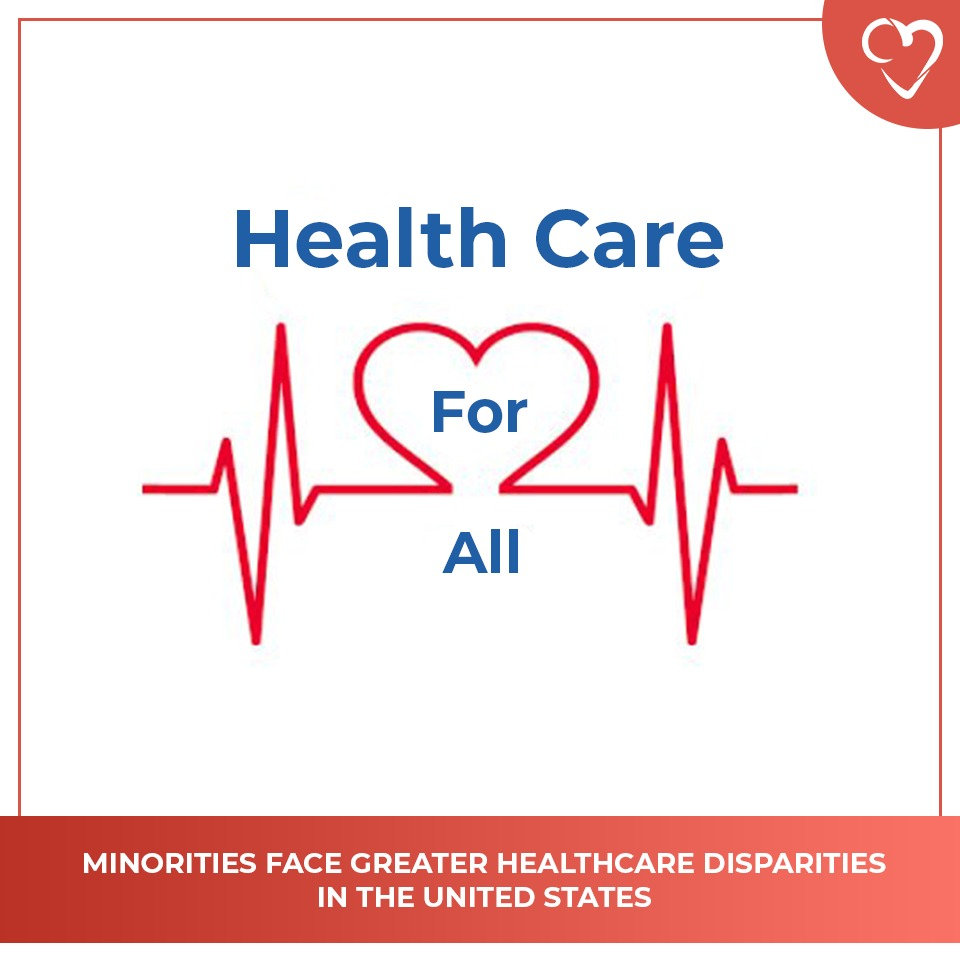
Research indicates there are prominent healthcare disparities among minorities in the United States, and that these individuals often receive lower-quality care than caucasian individuals. The Kaiser Family Foundation defines healthcare disparities as “differences in health and health care between groups that are closely linked with social, economic, and/or environmental disadvantage.” These disparities occur across race/ethnicity, socioeconomic status, age, location, gender, disability status, and sexual orientation.
It is expected that diversity in the United States will only increase in years to come, and while healthcare disparities have certainly decreased over the years, they have yet to be completely eliminated. Identifying and initiating resources to address this issue are key.
For perspective, here are some statistics from The National Institute of Allergy and Infectious Diseases:
- African American women are 20 percent more likely to have asthma than non-Hispanic whites.
- Systemic lupus erythematosus is two to three times more common among African American women than among white women. It also is more common in Hispanic/Latina, Asian, and Native American women.
- In 2015, the overall HIV infection rate among black individuals accounted for 45 percent of HIV diagnoses, though the black population comprises 12 percent of the U.S. population.
- In 2015, 87 percent of all TB cases in the United States occurred in racial and ethnic minorities, particularly in Hispanics, Asians, and African Americans.
- While representing 12 percent of the U.S. population, in 2014, African Americans accounted for approximately 55.4 percent of reported gonorrhea cases, 38.1 percent of reported syphilis cases, and five to seven times the rate among white men and women of reported chlamydia cases.
*Please note that these figures were last reviewed in 2018*
What measures can healthcare providers take to decrease healthcare disparities?
- Identify and challenge power balances in the clinical relationship.
- Promote institutional accountability.
- Initiate programs to improve cultural competencies.
- Identify and monitor conscious/unconscious biases.
- Do a teach-back.
- Utilize a qualified medical interpreter. If this is not possible, learn key-words in the languages most common in your area of practice.
- Visit these sites to learn more about actions you can take:
CardioVisual’s role in reducing healthcare disparities:
- Making content available in Spanish and English.
- Free resource.
- Providing trustworthy and reliable information for reference.
- Easy-to-use application that users can utilize in the comfort of their own homes.
- Providing education that makes patients more autonomous and aware of their own health.